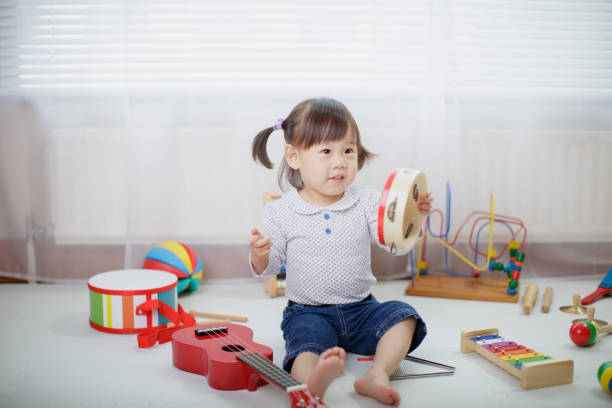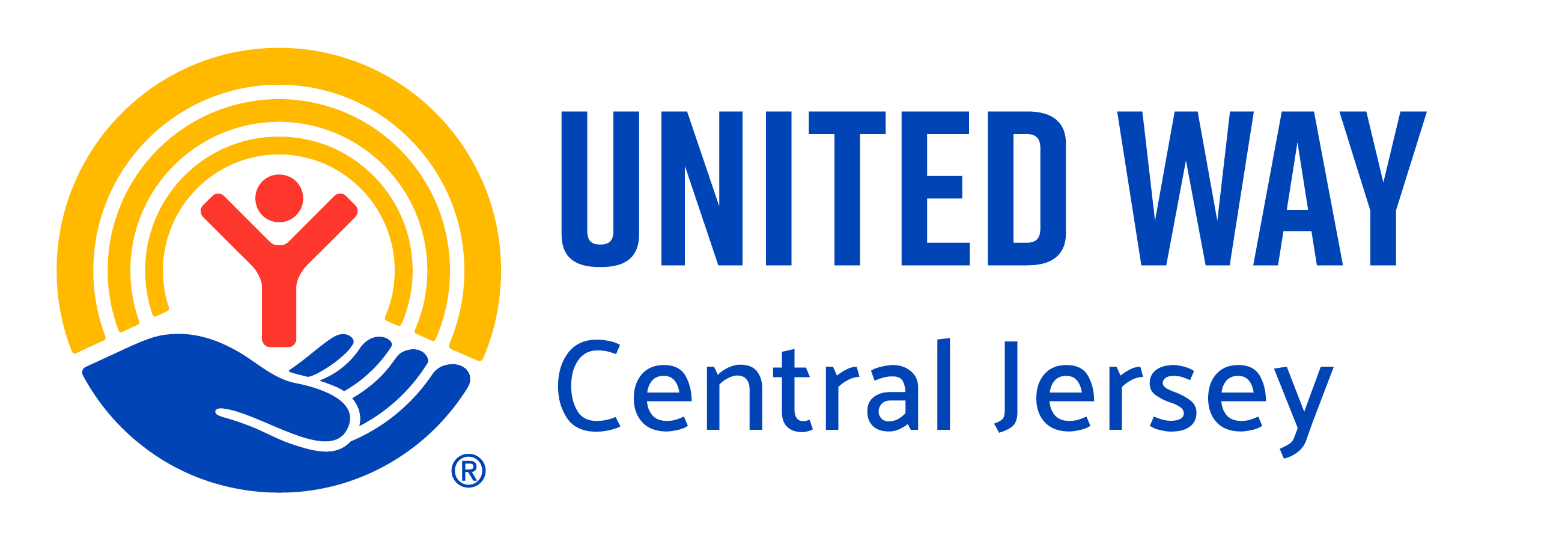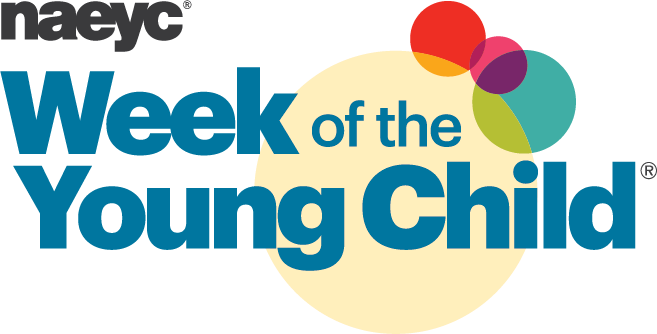
Para esta página en español, haga clic en "seleccionar idioma" en la parte inferior.
 Children love to sing, make music, and move to the beat. They feel accomplished when they learn a new song, powerful when they pound a drum or shake a tambourine, and proud when they invent a new dance. As children explore and enjoy music, they can develop math, literacy, and social studies skills.
Children love to sing, make music, and move to the beat. They feel accomplished when they learn a new song, powerful when they pound a drum or shake a tambourine, and proud when they invent a new dance. As children explore and enjoy music, they can develop math, literacy, and social studies skills.
Children explore music through play. They make discoveries through trial and error—"If I hit it lightly, it makes a soft sound. If I hit it hard, it makes a loud one.” They listen to the musical beat and dance along with it. They make up new words or add choruses to familiar songs. They ask parents and other family members to sing with them or, in some cases, ask to perform a solo.
In the tabs below you will find different ways to incorporate music and interactive play with resources you have at home.
Play music made for children
Many musicians write and sing about topics of interest to young children. Their songs’ lyrics and melodies are catchy and easy to learn. The children’s room at most libraries offers CDs. You can download free songs from websites and purchase CDs at the dollar store or from remainder bins at music and bookstores.
Develop reading readiness skills through rhymes
When children listen to, repeat, and create rhymes, they learn to match the sounds of language. And what could better inspire rhyming than playful children’s songs? As you listen together, repeat the rhyming words and encourage your child to do the same. Take turns making up your own rhyming verses.
Sample music from around the world
Play classical, salsa, jazz, and folk. Chat about the music you like: "I really like the jazz—it helps me relax.” Ask questions: "I hear horns. What instruments do you hear?” Listen for details. Ask your child to focus on the sounds of different instruments, the rhythm of the music, and the words of new songs. This will help your child learn to be a good listener in school.
Make and play instruments
Put dried beans between two paper plates and staple the plates together to make a simple shaker. Find rhythm sticks outdoors. Use pan lids as cymbals, and march around the house. Try a slow march first, then a faster one.
Expand vocabulary
As you listen to music together, introduce and talk about new words like rhythm and note. Listen for new words in song lyrics and talk about what they mean.
Recognize and repeat patterns
Children can develop this math skill while listening to music. Take turns copying patterns in your favorite music, and then create your own. Start with five or fewer beats before moving on to longer patterns.
There are lots of ways to be playful and support your child’s learning. Here are some ideas for how to connect children’s love of animals to musical exploration.
Watch and listen
Animals appear in different ways throughout your child’s day. They might be pets, characters in storybooks, spotted while on a walk, or part of your child’s pretend play. Watch and listen for these appearances.
Play
If your child is pretending to be an animal, join in! Be a silly and playful partner who gives ideas but also follows your child’s lead. If you come across an animal, encourage your child to bring the animal into his or her play.
Grow a sound vocabulary
We often say a cat meows. But what other sounds does a cat make? Ask playful questions to encourage your child to develop a longer list of sounds for cats—and for other animals as well. What sounds does a cat make when it’s mad (hiss)? Happy (purr)?
Make an animal song
Help your child turn her developing sound vocabulary into an “animal song.” Together, you can make motions or draw pictures related to each sound an animal makes. You can play around with the types of animals and sounds, making up different songs.
Stay in the moment or share it later
It’s wonderful fun for your child to enjoy an animal song in the moment and then let it go. Sometimes, though, she might want to save the song so she can share it later. Make a short video or have her draw pictures to glue or tape in the “right” order, recording the important details of the animal song to share with others. Keep the experience relaxed and playful to best support your child’s musical development and joy in music-making.
Music is one of the first ways children experience math. Without thinking, our bodies react to music. When we hear music, we rock our babies, clap along, and even look toward the source of the sound. These responses are reactions to musical elements such as steady beat, rhythm, and melody, all of which reflect mathematical concepts. Even the youngest of children can respond to music and the mathematical principles behind it. Here are three musical elements that relate to math and some suggested activity ideas to try at home.
Steady Beat
What it is: Steady beat is what you respond to when you hear music and start tapping your toe. The steady beat is repetitive and evenly spaced. Listen to “Old MacDonald,” “Bingo,” or “Twinkle, Twinkle, Little Star,” and you will hear the steady beat.
How it relates to mathematics: Emphasizing the steady beat by clapping or moving to the music supports children’s development of one-to-one correspondence. One-to-one correspondence is matching up one thing with something else, such as one clap for each syllable. Clapping to the steady beat also is a way to emphasize the math concept of “more.” Through music, toddlers can show they understand what “more” means even when they do not yet understand numbers. For example, if you clap once and then ask, “Can you clap more than I clapped?” a toddler will most likely clap more than once.
Activities to try: While singing a song, emphasize the words that fall on the beat by stomping or clapping on each beat. You can even have children stomp or clap harder on the downbeat (the most accented note in each measure). There is no wrong way to do this, so feel free to experiment.
To work on one-to-one correspondence, try having your child repeat a basic clapping sequence. Ask, “Can you clap as many times as I do?” As your child gets better at this, you can add rhythm to your clapping. You could also play a drum or even sing instead of clapping.
Songs that build on themselves, such as “There Once Was an Old Lady Who Swallowed a Fly”) help children grasp the idea of “more.” After each verse or every few verses you can ask, “What’s next?” or “Should we sing more?” Songs that invite children to join in with each verse also promote this concept.
Rhythm
What it is: Rhythm is similar to but different from the steady beat. A song’s rhythm varies, while the steady beat is constant.
How it relates to mathematics: Rhythm helps children learn to recognize one-to-one correspondence and to identify and predict distinct patterns. Being able to recognize and anticipate rhythmic patterns helps children remember or predict the words to a song or a rhythmic story.
Activities to try: Even newborns can learn about rhythm as their parents sing lullabies to them. Rock with your child while you sing, and pat gently on your child’s back so that he can simultaneously hear and feel the patterns in the music. If the words themselves make a pattern, your child can also see a pattern in your mouth movements. Here is one example of a song you could sing:
(Sung to “Hush, Little Baby”)
Verse 1: Little baby, don’t you cry. Little baby, don’t you cry.
Pattern: A B A B
Verse 2: Mama loves you don’t you cry. Mama loves you don’t you cry.
Pattern: C B C B
Invite toddlers and preschoolers to repeat, predict, and/or extend rhythmic patterns. For example, sing “Old MacDonald Had a Farm” with your toddler. Stop after “With a moo moo here,” and wait for your child to repeat the phrase or extend the pattern of the song by adding “and a moo moo there.’”
Melody
What it is: The movement from one note to another is the melody of the song, or in other words, the tune. Consider the familiar song “Old MacDonald Had a Farm,” focusing on the repetitive pattern “E-I-E-I-O.” You may notice that the first E and I are repeated on a higher note, the next E and I are repeated on a lower note, and the O is sung on an even a lower note. This is the song’s melody.
How it relates to mathematics: Children can use melodies to recognize patterns, such as how notes are repeated within a song.
Activities to try: Offer instruments like a xylophone (or piano, if you have one in your home), shaker, drum, or even a pot and a wooden spoon to play a song. Ask your child to play her instrument at a specific note of a simple song (such as on “star” of “Twinkle, Twinkle, Little Star”) as you play the rest.
Resources:
Bonny, J.W., & S.F. Lourenco. 2013. “The Approximate Number System and Its Relation to Early Math Achievement: Evidence From the Preschool Years.” Journal of Experimental Child Psychology 114 (3): 375–88.
Dr. Eugene Geist is an associate professor in The Gladys W. and David H. Patton College of Education and Human Services at Ohio University. Dr. Geist teaches in the Early Childhood Education program, the Curriculum and Instruction graduate program and the Teacher Education Honors Program. His areas of expertise include child development, constructivism, and the development of mathematical knowledge in young children.
*Content provided and created by National Association for the Education of Young Children


